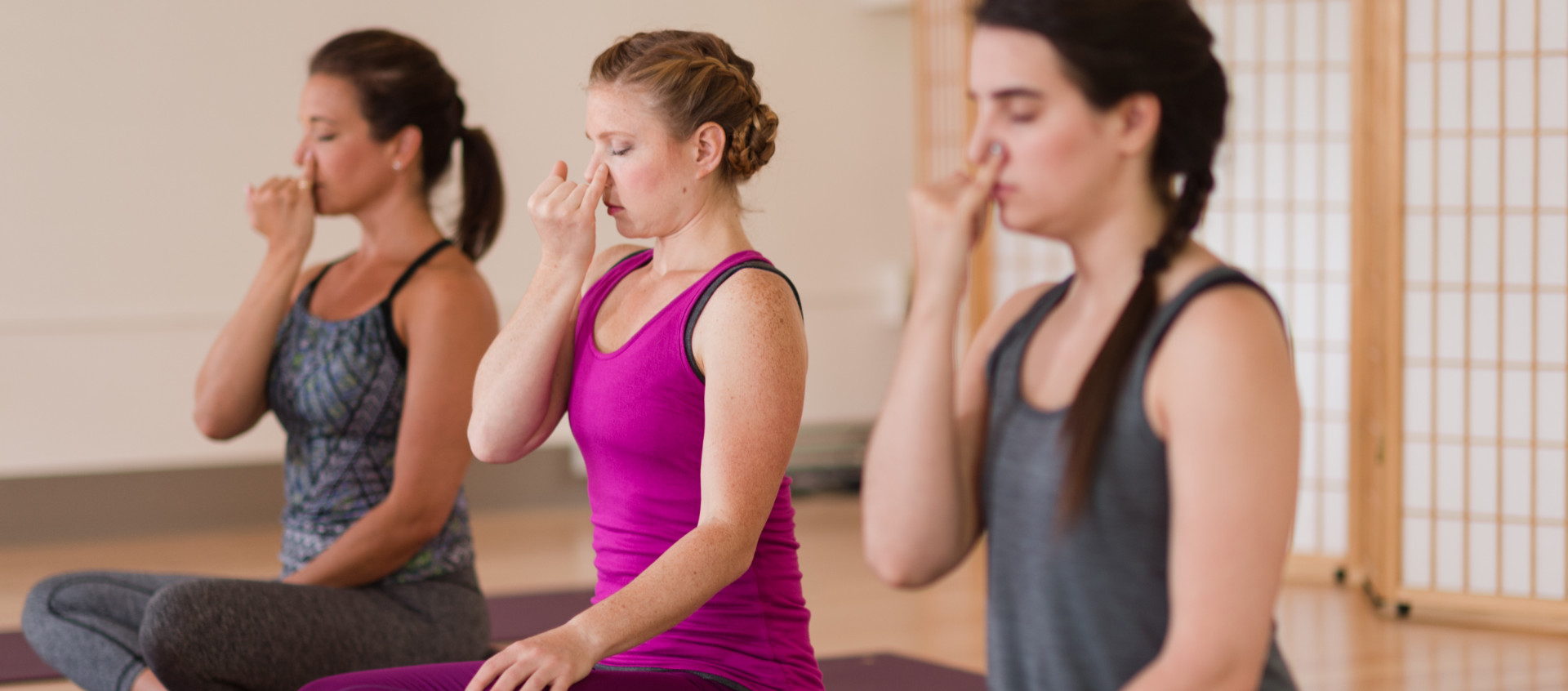What are the 4 pillars of yoga?
What are the 4 pillars of yoga?
The four pillars of yoga are the foundational principles that form the basis of the yogic philosophy and practice. These pillars provide a comprehensive framework for a holistic approach to physical, mental, and spiritual well-being. Let's explore each pillar in detail, along with examples:
1. Asanas (Physical postures):
Asanas are an integral part of yoga and involve various physical postures that are performed with awareness and intention. They aim to promote physical strength, flexibility, balance, and body awareness. Asanas help in developing a healthy and strong body while also preparing the mind for meditation and inner exploration.
Examples of asanas:
- Tadasana (Mountain Pose): This foundational pose focuses on alignment, grounding, and cultivating body awareness. It involves standing tall with feet hip-width apart, arms relaxed by the sides, and the spine lengthened.
- Adho Mukha Svanasana (Downward-Facing Dog): This pose helps in strengthening the upper body, stretching the hamstrings and calves, and rejuvenating the entire body. It resembles an inverted "V" shape with hands and feet grounded, hips lifted, and the body forming an inverted triangle.
- Padmasana (Lotus Pose): This is a seated posture that promotes stability, flexibility, and relaxation. It involves crossing the legs and placing each foot on the opposite thigh, with the spine straight and hands resting on the knees.
Each asana offers unique benefits and targets different parts of the body. They can be modified and adapted to suit individual abilities and needs. Regular practice of asanas helps in improving overall physical health, toning the muscles, enhancing flexibility, and promoting a sense of balance and harmony between the body and mind.
Moreover, asanas are not limited to static postures. Dynamic sequences, such as Sun Salutations (Surya Namaskar), involve a series of asanas that flow seamlessly from one to another, creating a rhythmic movement that energizes the body and warms up the muscles. These dynamic sequences also help in building stamina and improving cardiovascular health.
It's important to approach asana practice with mindfulness, paying attention to the body's limitations and honoring its boundaries. Practicing asanas with proper alignment and under the guidance of a qualified instructor ensures safety and maximizes the benefits.
So, asanas are the physical aspect of yoga that encompass a wide range of postures. They contribute to physical fitness, flexibility, and body-mind connection. Incorporating asanas into one's yoga practice can lead to improved strength, flexibility, and overall well-being.
2. Pranayama (Breath control):
Pranayama is the practice of controlling and regulating the breath to enhance the flow of prana or vital energy within the body. It is an essential aspect of yoga that focuses on the connection between breath, mind, and body. Pranayama techniques involve specific patterns of inhalation, exhalation, and breath retention to achieve various physical, mental, and spiritual benefits.
Examples of pranayama techniques:
- Anulom Vilom (Alternate Nostril Breathing): This technique involves using the thumb and ring finger to alternate blocking one nostril while inhaling and exhaling through the other. It helps balance the energy channels in the body, purifies the nadis (subtle energy channels), and promotes mental clarity and relaxation.
- Kapalabhati (Skull-Shining Breath): Kapalabhati is a dynamic breathing technique that involves forceful exhalations and passive inhalations. It helps cleanse the respiratory system, increase lung capacity, and invigorate the body. Kapalabhati is also known for its energizing and purifying effects on the mind.
- Ujjayi Pranayama (Victorious Breath): Ujjayi pranayama is characterized by a gentle constriction of the throat during inhalation and exhalation, creating a soft hissing or ocean-like sound. This technique calms the mind, regulates the breath, and enhances concentration. Ujjayi breathing is often used during yoga asana practice to cultivate a sense of inner focus and mindfulness.
Pranayama practices have numerous benefits. They help in reducing stress, anxiety, and emotional turbulence by activating the parasympathetic nervous system and inducing relaxation responses. Deepening and slowing down the breath through pranayama techniques promote better oxygenation of the blood, improve lung capacity, and enhance respiratory function. Pranayama also increases the flow of vital energy throughout the body, revitalizing the entire system and promoting overall well-being.
It is important to learn pranayama techniques from a qualified instructor to ensure proper guidance and understanding of the practices. Beginners may start with simple techniques and gradually progress to more advanced practices as their breath control and awareness develop. Practicing pranayama in a calm and quiet environment, with a focus on the breath and mindfulness, enhances the benefits of the practice.
So, pranayama is the practice of breath control in yoga. Through various techniques, it helps regulate the breath, calm the mind, and increase the flow of vital energy. Incorporating pranayama into a yoga practice brings numerous physical, mental, and spiritual benefits, contributing to overall well-being and inner harmony.
3. Dhyana (Meditation):
Dhyana is the practice of meditation in yoga, which involves training the mind to achieve a state of focused attention and inner stillness. It is a powerful tool for cultivating mindfulness, self-awareness, and inner peace. Through meditation, one learns to observe and detach from the fluctuations of the mind, allowing for a deeper understanding of oneself and the present moment.
Examples of meditation practices:
- Mindfulness Meditation: Mindfulness meditation involves bringing one's attention to the present moment and observing thoughts, sensations, and emotions without judgment. It helps develop a non-reactive and accepting attitude towards experiences, promoting a greater sense of calm and clarity. Practitioners often focus on their breath, bodily sensations, or a specific object of meditation.
- Loving-Kindness Meditation: Loving-kindness meditation, also known as metta meditation, involves cultivating feelings of love, compassion, and kindness towards oneself and others. It typically includes silently repeating phrases of well-wishes, such as "May I be happy, may you be healthy, may all beings be at peace." This practice helps develop empathy, forgiveness, and a sense of interconnectedness with all living beings.
- Transcendental Meditation: Transcendental meditation is a technique that uses a mantra—a specific word or sound—to facilitate deep relaxation and promote a state of transcending thought. Practitioners sit comfortably with eyes closed and silently repeat the mantra, allowing the mind to settle into a state of deep restful awareness. This practice is known for its ability to reduce stress, enhance creativity, and promote inner stillness.
It is important to establish a consistent meditation practice to reap the benefits fully. Beginners may start with shorter meditation sessions, gradually increasing the duration as their concentration and comfort levels improve. Finding a quiet and comfortable space, maintaining an upright posture, and minimizing distractions can enhance the meditation experience.
Meditation can be practiced in various settings, including sitting on a cushion or chair, lying down, or even incorporating it into daily activities such as walking or eating. The key is to cultivate a sense of present-moment awareness and non-judgmental observation of the mind's activities.
So, dhyana, or meditation, is a foundational pillar of yoga that involves training the mind to achieve focused attention and inner stillness. Through practices like mindfulness meditation, loving-kindness meditation, and transcendental meditation, individuals can cultivate mindfulness, self-awareness, and inner peace. Regular meditation practice offers a wide range of benefits for mental, emotional, and spiritual well-being, making it an essential aspect of a holistic yoga practice.
4. Yamas and Niyamas (Ethical Principles):
Yamas and Niyamas are fundamental aspects of yoga that encompass ethical guidelines and moral principles for living a balanced and virtuous life. They provide a framework for personal conduct, social interactions, and spiritual growth. Yamas represent how we relate to the external world, while Niyamas reflect our internal attitudes and self-discipline.
Examples of Yamas (external observances):
- Ahimsa (Non-violence): Ahimsa emphasizes non-violence in thoughts, words, and actions. It involves treating all living beings with kindness, compassion, and respect, avoiding harm or causing injury to oneself and others.
Example: Choosing a vegetarian or plant-based diet to minimize harm to animals and the environment.
- Satya (Truthfulness): Satya encourages honesty, integrity, and speaking the truth with kindness. It involves being truthful in our thoughts, words, and actions, avoiding falsehood and deception.
Example: Speaking honestly and authentically in personal relationships, even when it may be challenging.
- Asteya (Non-Stealing): Asteya promotes integrity, honesty, and not taking what is not freely given. It extends beyond material possessions to include respect for others' time, ideas, and intellectual property.
Example: Respecting copyrights and intellectual property rights by not using or distributing others' work without permission or proper attribution.
Examples of Niyamas (internal observances):
- Saucha (Cleanliness): Saucha refers to cleanliness and purity, both externally and internally. It involves maintaining physical cleanliness, a clean environment, and purifying the mind through meditation and positive thoughts.
Example: Keeping a clean and organized living space, as well as practicing personal hygiene. - Santosha (Contentment): Santosha is the practice of cultivating contentment and finding joy in the present moment, regardless of external circumstances. It involves embracing gratitude and accepting life as it is.
Example: Appreciating and finding contentment in simple pleasures, such as spending time in nature or enjoying meaningful connections with loved ones. - Tapas (Self-Discipline): Tapas represents self-discipline, commitment, and the willingness to put effort into personal growth and spiritual practice. It involves cultivating self-control, determination, and resilience.
Example: Establishing a regular yoga and meditation practice, even when faced with obstacles or distractions.
By incorporating the principles of Yamas and Niyamas into our lives, we cultivate a greater sense of awareness, compassion, and ethical behavior. They provide a moral compass that guides us towards harmonious relationships, self-improvement, and spiritual development. Practicing the Yamas and Niyamas fosters personal integrity, cultivates a positive impact on society, and supports the overall journey of self-realization and inner transformation in yoga.
Practicing the four pillars of yoga together creates a balanced and integrated approach to overall well-being. For example, a yoga session may start with asanas to warm up the body and increase flexibility. Following that, pranayama techniques can be incorporated to deepen the breath and calm the mind. After preparing the body and mind, meditation can be practiced to cultivate mindfulness and inner stillness. Throughout the practice, the ethical principles of yamas and niyamas serve as a guide for compassionate and conscious living.
It's important to note that these four pillars are interconnected and mutually supportive. The physical postures prepare the body for pranayama and meditation, while pranayama and meditation help deepen the experience of asanas. The ethical principles provide a moral compass to guide one's practice and behavior both on and off the mat.
By incorporating the four pillars of yoga into one's daily life, individuals can experience improved physical health, mental clarity, emotional well-being, and spiritual growth. They provide a comprehensive approach to living a balanced and harmonious life, fostering a deeper connection with oneself and the world around them.
There are several books to guide you. However, one of the most prominent book to start with is Sadhguru's Inner Engineering.








Post a Comment